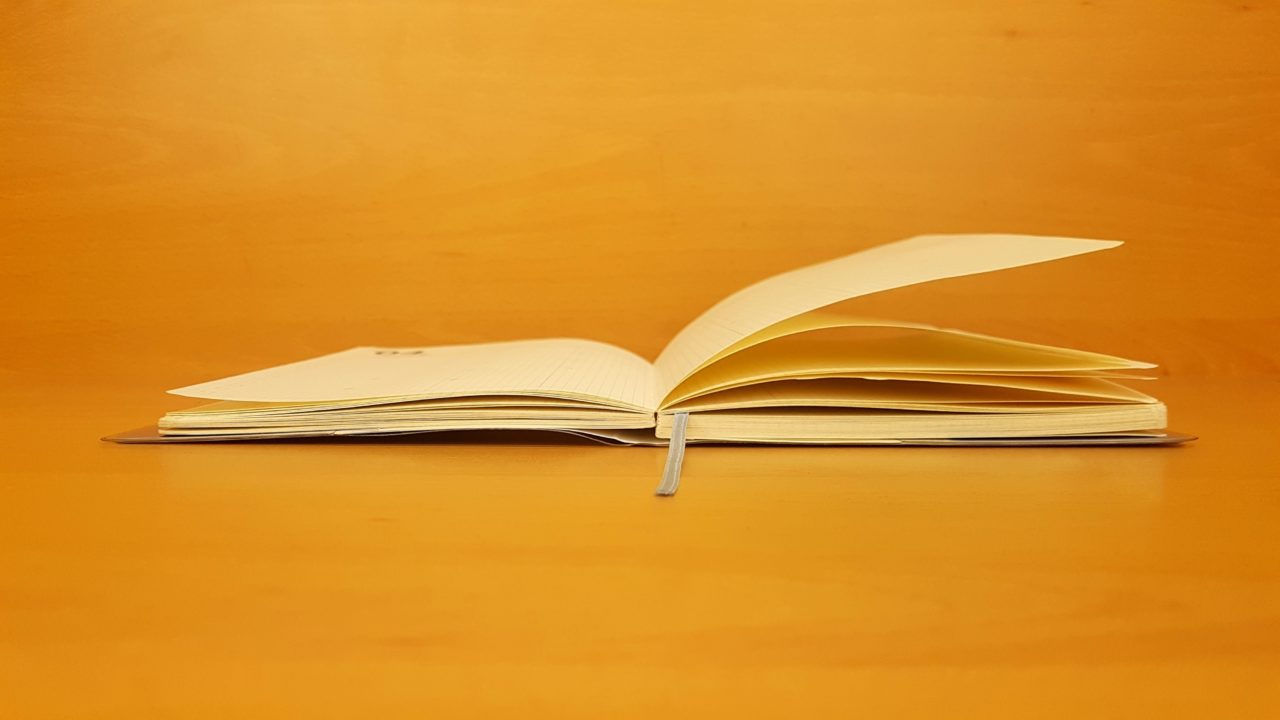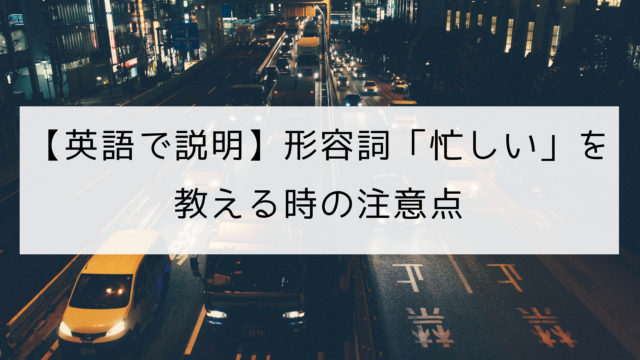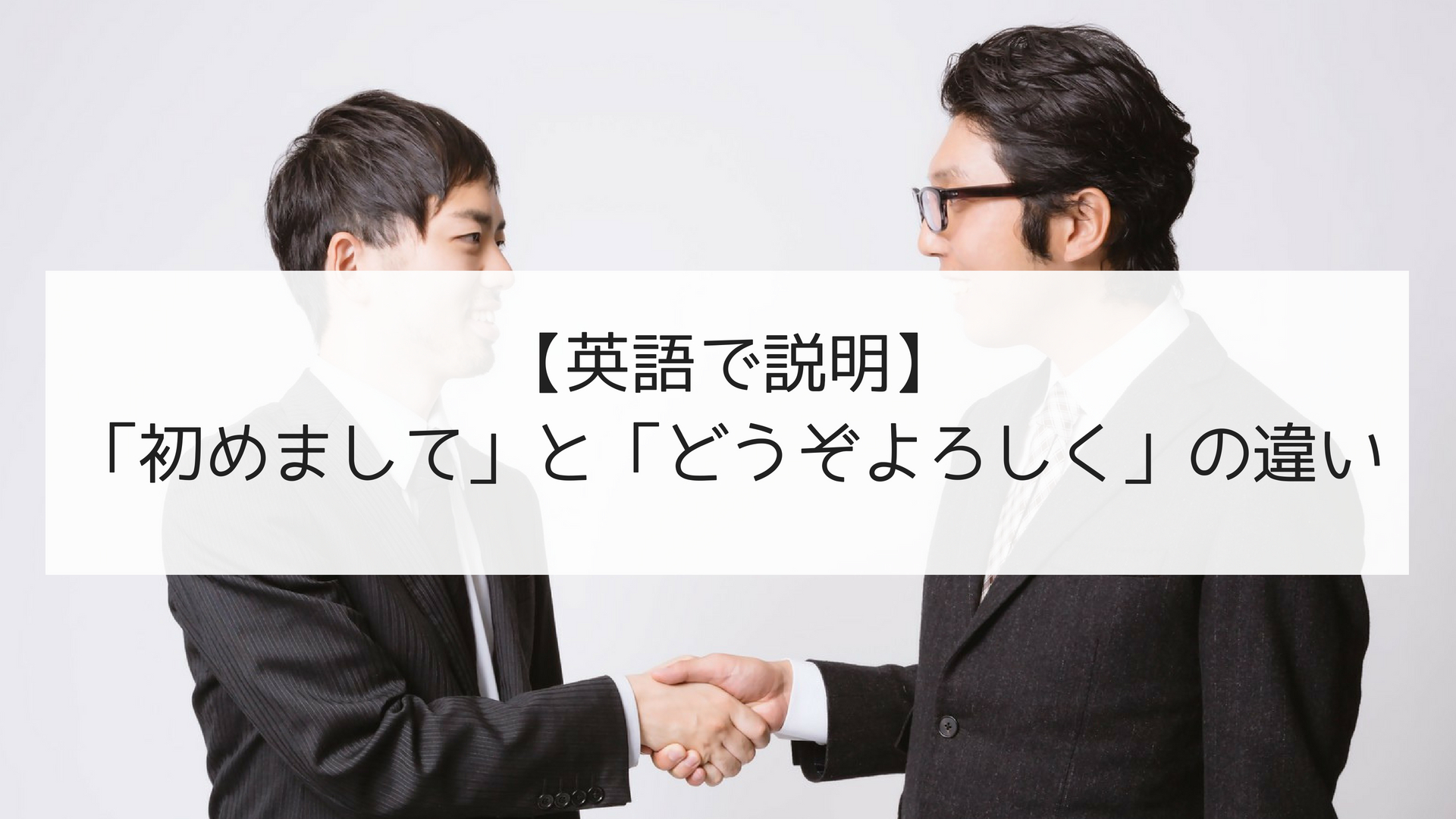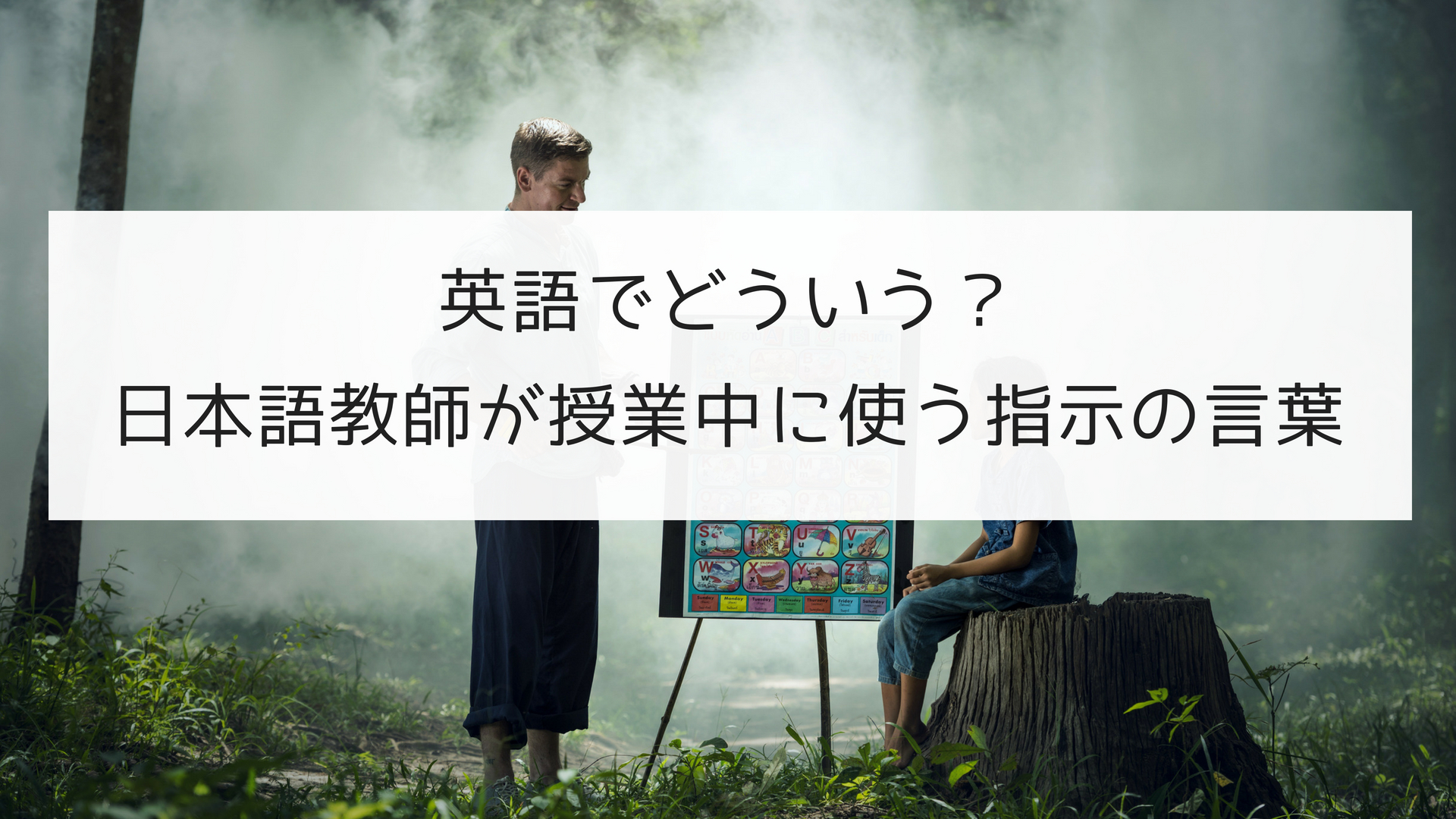このページでは「できる日本語 初級(赤本)」に登場する文型とその文型の英語解説のまとめページになります。
¥3,740
(2025/07/11 21:35:10時点 Amazon調べ-詳細)
記事は作成中なので順次更新して行きます。
英語での説明が必要な場合や、ハンドアウトを作る場合などにお役立てください。
できる日本語 初級 文型解説
第2課:スケジュール
| 文型 |
英語で補足 |
| 〜はいくらですか |
This sentence pattern is used when you ask the price. |
第3課:スケジュール
| 文型 |
英語で補足 |
| 今、何時ですか。 |
This sentence pattern is used when you ask time. |
| 〜から〜までです。 |
The particle “から” indicates a starting time or place. The particle “まで” indicates a finishing time or place.
This sentence pattern is used to mention the starting or finishing time, date of a noun such as “business hours”, “lunch break”, “summer vacation” etc. |
| [場所]へ |
The particle “へ” indicates “direction of movement”. |
| [場所]で |
The particle “で” indicates “the place of action”. |
| [時間]に |
The particle “に” indicates “time of action”. |
第4課:私の国・町
| 文型 |
英語で補足 |
| [交通手段]で |
The particle “で” indicates “means” or “method”. |
| 〜ね(共感) |
The particle “ね” is used to seek the listener’s agreement. This is attached to the end of a sentence. |
| 〜はどうですか |
This sentence pattern is used to ask about the listener’s impression or opinion. |
第5課:休みの日
| 文型 |
英語で補足 |
| [人]と |
The particle “と” is with in English. |
| 〜は欲しいです |
〜ほしいです is “want” in English. This belongs to “い adjective” and the object of desire is followed by the particle “が”. |
| 〜たいです |
〜たいです is “want to (verb)” in English. This sentence pattern is used to express the speaker’s desire to do something. |
| 〜へ〜に行きます |
The particle “に” indicates the purpose of the action. |
第6課:一緒に
| 文型 |
英語で補足 |
| 〜ませんか |
This sentence pattern is used to invite someone to do something. |
| 〜ましょう |
“ましょう” is “let’s” in English. This is used to respond positively to an in invitation. |
| もうVました |
“ましょう” is “let’s” in English. This is used to respond positively to an in invitation. |
| 〜ね(確認) |
The particle “ね” is used to seek the listener’s confirmation. This is attached to the end of a sentence. |
第7課:友達の家で
| 文型 |
英語で補足 |
| 〜ましょうか |
This sentence pattern is used when the speaker is offering to do something for the listener. |
第9課:好きなこと
| 文型 |
英語で補足 |
| どうやって |
“どうやって” is “how” in English. This is used to ask the way how to do it. |
第10課:バスツアー
| 文型 |
英語で補足 |
| 〜てきます |
This sentence pattern indicates that the speaker is going to go somewhere to do something and come back. |
| 〜てもいいですか |
This sentence pattern is used to ask permission to do something. |
| 〜ないでください |
This sentence pattern is used to ask someone not to do something. |
第11課:私の生活
| 文型 |
英語で補足 |
| 〜たり〜たり |
This sentence pattern is used to tell someone that you did two or more actions. |
第12課:病気・けが
| 文型 |
英語で補足 |
| 〜たほうがいい |
This sentence pattern is used to give advice or give suggestions. This has the nuance that if the listener doesn’t follow the advice or the suggestion, a bad situation will happen. |
第13課:私のおすすめ
| 文型 |
英語で補足 |
| 〜たことがあります |
This sentence pattern is used when describing a particular experience you had before. |
第14課:国の習慣
| 文型 |
英語で補足 |
| 〜てはいけません |
This sentence pattern is used to express prohibition. |
| 〜なければなりません |
This sentence pattern is used when the speaker says that it is necessary to do something or it must be done. |
| 〜なくてもいいです |
This sentence pattern is used to describe what you don’t need to do. |
| 〜と思います(意見) |
This is used when saying an opinion. |
第15課:テレビ・雑誌から
| 文型 |
英語で補足 |
| 〜と思います(推量) |
This is used to express the speaker’s conjecture. |
| 〜そうです(伝聞) |
This is an expression of hearsay. This is used to convey someone the information you got from another source. |
¥7,980
(2025/07/11 21:35:11時点 Amazon調べ-詳細)






